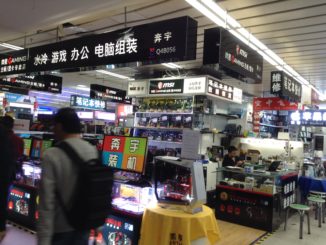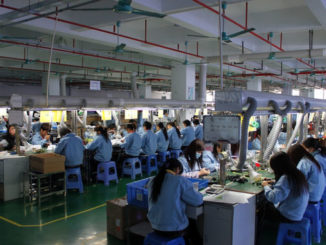Cost is a crucial factor when it comes to custom electronics manufacturing in China. First and foremost important is the cost of the design, and cost of manufacturing. Then, how to make the best value of what you’ve paid for? Nowadays with the quickening pace of globalization and rising of bidding sites, it might seem smart to have some designing firms to bid on designing your projects and some China ODM factories bid on manufacturing, however, the reality is much more complicated than what it sounds to be. Following are some tips for custom electronics manufacturing in China.
Table of Contents
5 tips for custom electronics manufacturing in China
Keep constant conversations between different departments
Managing electronic projects that are split up by different departments can easily cause miscommunications and delays in manufacturing especially if your design team is not in China or without a solid knowledge of electronic manufacturing in China. The Chinese mold manufacturer might find the design from US designing team doesn’t match with the machine specifications in China and it’s impossible to produce, while the team in US might blame Chinese mold maker for screwing up their concepts. It’s important to keep the constant and smooth flowing of conversations between different departments.
Keep your design exclusive only to few potential partners
It takes time for factories to evaluate your design before giving accurate quotations. Though in Shenzhen it’s not hard to find plenty of China ODM manufacturers, it’s suggested not sending your design to everyone just to compare prices. The more factories you ask to quote based on your design, the more manufacturers would get frustrated for spending time in vain. Sometimes they might spend several days or weeks to study your design so as to secure the order, and not getting the project would usually mean they might decide to implement the idea without you.
Match design with production costs
There’re many amazing electronic engineers outside of China, however, most of the designs end up to be too costly to produce in China as BOM (Bill of Materials) take up 80% of the total costs.
Most of the cheap electronic components are either produced in China or Taiwan, that’s the reason why Apple can keep such low manufacturing costs and Chinese smart phone brands like Xiaomi is able to sell their phones at much affordable rates. For example, a western camera module might cost three times as much as a Chinese counterpart of equivalent quality. Then you might get stuck in a catch-22 situation, either manufacturing several thousand pieces of products that are unlikely to sell well as prices are much more than the competitors’ or redesign again knowing that re-launching your device after sometime would be totally out of date.
Bridge communication gaps between your design team and Chinese module factories
So now you know which China module factory to turn to for your next electronic device, and you give the contact as well as relevant documentations to your design team. However, the chances are high that all the documentations are unlikely to be written in English, and often times the support engineers from the module factories speak only Chinese.
With the rising wages of English speaking engineers, most Chinese electronics manufacturers have little interests in paying exorbitant amount for benefits that are hard to foreseen. The worse thing is it might take a quite lengthy time for designer team to get an answer from the modules factory in China as they might be busy producing the big orders from their long established customers like Wal-Mart.
Understand that good Chinese engineers are not cheap
You might realize that experienced local engineers are essential to get custom electronic devices, however, though China has a large pool of talents, good Chinese engineers with enriching experience, creativity and good English communication skills are not easy to find because big brands like Apple and Huawei have hired lots of good engineers to support their production. These enterprises pay much higher salaries plus bonuses tied to sales of products they design.



Leave a Reply
You must be logged in to post a comment.